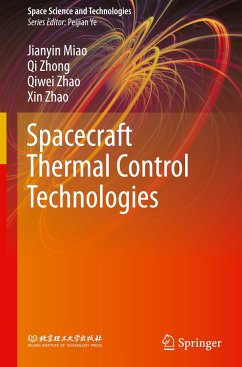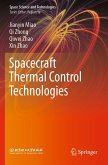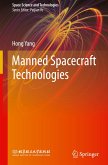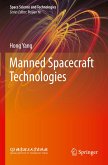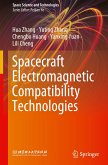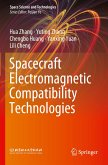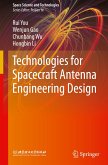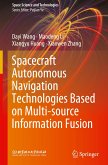This book presents fundamental theories, design and testing methodologies, and engineering applications concerning spacecraft thermal control systems, helping readers gain a comprehensive understanding of spacecraft thermal control systems and technologies. With abundant design methods, advanced technologies and typical applications to help them grasp the basic concepts and principles of engineering applications, it is mainly intended for engineering and technical staff engaged in spacecraft thermal control areas.
The book discusses the thermal environments commonly used for space flight missions, rules and regulations for system design, thermal analysis and simulation, and thermal testing methods, as well as the design and validation of the thermal control systems for Chinese spacecraft, such as the Shenzhou spacecraft and Chang'e Lunar Lander and Rover. It also introduces them to communication and remote sensing satellites and presents advanced thermal control technologies developed in recent years, including heat transfer, heat insulation, heating, refrigeration and thermal sensor technologies.
Addressing the design and validation of thermal control systems for various types of Chinese spacecraft, the book offers a valuable theoretical and practical reference guide for researchers and engineers alike.
The book discusses the thermal environments commonly used for space flight missions, rules and regulations for system design, thermal analysis and simulation, and thermal testing methods, as well as the design and validation of the thermal control systems for Chinese spacecraft, such as the Shenzhou spacecraft and Chang'e Lunar Lander and Rover. It also introduces them to communication and remote sensing satellites and presents advanced thermal control technologies developed in recent years, including heat transfer, heat insulation, heating, refrigeration and thermal sensor technologies.
Addressing the design and validation of thermal control systems for various types of Chinese spacecraft, the book offers a valuable theoretical and practical reference guide for researchers and engineers alike.
"This book is very well written, containing informative details about the subject matter discussed in each chapter. The book is full of mathematical formulae, graphs and pictures. ... this book is definitely worth reading. The days spent reading this book were most interesting and I have learned much new information. If you are a student in the field, scientist, professor or simply a fanatic for space and the universe this is the book that you need to read." (Sara Gligoroska, Johnson Matthey Technology Review, Vol. 65 (4), 2021)

